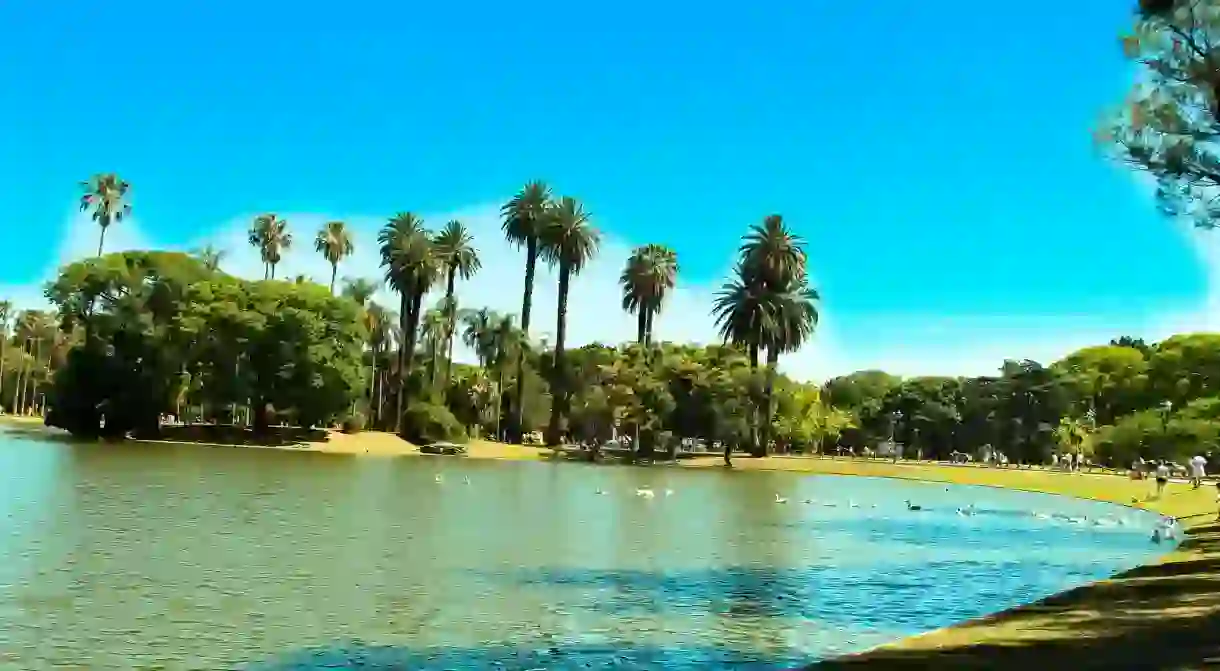The Most Beautiful Parks and Gardens in Buenos Aires

Buenos Aires is known for its wealth of beautiful green spaces. This South American city has a huge French influence when it comes to urban planning and landscape design, and this can be felt in the city’s charming outdoors. We take a look at some of the most striking parks and gardens in the Argentine capital.
Rosedal
The Rosedal rose garden in Palermo oozes romance, its paths winding around pristine rose beds that bloom with a host of different coloured roses. Expect to see lots of couples strolling around the gardens or whispering sweet nothings in each other’s ears on one of the many benches dotted around the park. If romance isn’t your thing, there are lots of other activities to take part in on the path that rings the Rosedal and the lakes around it, where you’ll see locals running, rollerblading and cycling.

Japanese Gardens
Buenos Aires’ Japanese gardens were completed in 1967 and boast a range of native Japanese flora and fauna, including bonsai trees and a carp lake, and they are also one of the biggest gardens of their kind outside of Japan. The garden is also home to a wide variety of Buddhist sculptures and statues, and you can take afternoon tea in the gardens’ tea room, in which Japanese-related events take place regularly.
Botanical Gardens
The botanical gardens in Palermo are possibly more popular with tourists than they are with locals, but since the city government’s overhaul of the entrance and the gardens themselves a year or two ago, natives have begun to take a bigger interest in these charming city centre gardens, which showcase some of Argentina’s most well known flora, including the famous yerba mate bush. A greenhouse near the entrance is home to some exotic plants, and towards the Las Heras side, there are hundreds of species of plants, bushes and trees that you can discover.

Bosques de Palermo
The Bosques de Palermo is the common name for the stretch of parks that act as a green buffer between the city and the Rio de la Plata. Running from Retiro and Recoleta all the way north to Belgrano, there are countless spots to explore along the length of these parks, but the Palermo section, which is home to the Rosedal, is one of the most popular places. Check out the lakes and grassy areas beside the Planetarium, and rent a pedal boat on a sunny day for the real Bosques experience.
Chacarita Cemetery
While not exactly a park or garden, Chacarita Cemetery is well worth visiting for its mix of eclectic architectural styles, housing everything from Neo-classical to Art Deco tombs that are home to some of Argentina’s most famous cultural icons, including Carlos Gardel, the poster boy of tango. The rear section of the cemetery is full of Brutalist and Modernist pavilions, and it is a pleasantly serene place to wander around when the weather is nice.

Parque Lezama
Easily the nicest park in the south of the city, Parque Lezama is situated on the border of San Telmo and La Boca and was re-landscaped in recent years, making it a great place to have a picnic at the weekend if you want to spend some time checking out the San Telmo feria before going to relax in the park. The park also has a weekend market that you can peruse at your leisure.
Plaza San Martin
This sloping park in the Retiro neighbourhood gives visitors some of the most striking views that one can expect to experience in Buenos Aires. If you sit towards the top of the park, you can see down towards the clock tower in the Retiro plaza, and over to your right you will see the Art Deco masterpiece of the Kavanagh Building, and over across towards the Rio de la Plata.














